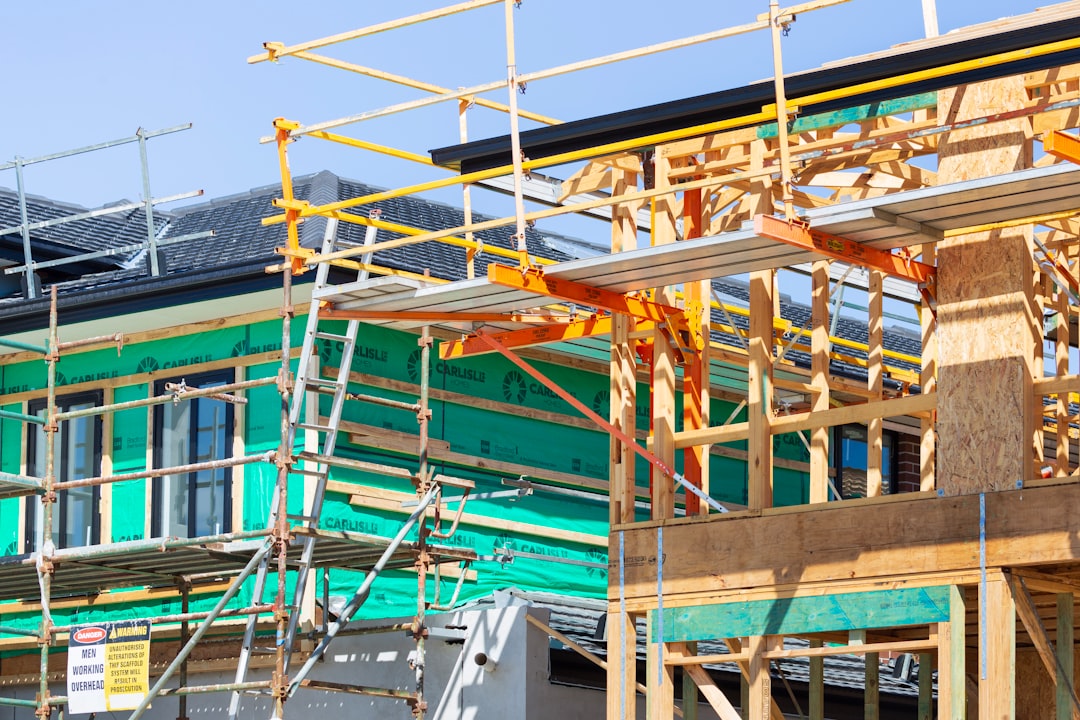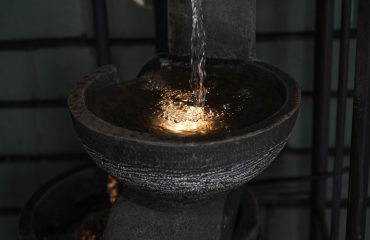Scaffolding is an integral part of any construction project, providing a safe and stable working platform for workers at heights. At the heart of most scaffolding systems lie the scaffolding pipes – strong, versatile, and essential components that ensure the structural integrity and safety of the entire structure. This comprehensive guide explores the world of scaffolding pipes, delving into their various aspects and importance in the construction industry.
Types of Scaffolding Pipes Used in Construction
Scaffolding pipes are typically made from high-strength steel, designed to withstand significant weight and stress. Several types exist, each with specific properties and applications:
- Standard Scaffolding Pipes: These are the most common type, usually conforming to industry standards (like BS 1139 in the UK or ASTM A53 in the US) regarding diameter, wall thickness, and yield strength. They are readily available and relatively inexpensive.
- Galvanized Scaffolding Pipes: These pipes are coated with zinc to protect them against corrosion, extending their lifespan, especially in outdoor environments or areas with high humidity. This added protection justifies a slightly higher cost.
- Black Scaffolding Pipes: These are untreated steel pipes and are generally less expensive than galvanized options. However, they are more susceptible to rust and require more frequent maintenance or protective coatings.
- Aluminum Scaffolding Pipes: Lighter than steel, aluminum pipes are used in specific applications where weight is a major concern, such as working on delicate structures or in confined spaces. However, they are generally more expensive and may not be as strong as steel.
The Crucial Role of Scaffolding Pipes in Structural Integrity
Scaffolding pipes form the skeletal framework of the entire scaffolding system. Their strength and stability are paramount to ensuring the safety of workers. The pipes are connected using various fittings, such as couplers, clamps, and base plates, to create a robust and adaptable structure. The diameter and wall thickness of the pipes are carefully selected based on the anticipated load and the height of the scaffolding. Improperly sized pipes can lead to structural instability, posing a significant risk of collapse.
The design of the scaffolding system, including the arrangement and spacing of the pipes, is critical. Engineers and experienced scaffolders meticulously plan the scaffolding layout to ensure it can withstand the anticipated loads, including the weight of workers, materials, and equipment. Calculations are performed to determine the appropriate number and size of pipes needed to maintain stability and safety.
Safety Regulations and Best Practices for Scaffolding Pipe Usage
Strict safety regulations govern the erection, use, and dismantling of scaffolding. These regulations vary slightly depending on the country and region but generally emphasize the importance of using properly sized and inspected pipes. Regular inspections are crucial to identify any damage, corrosion, or defects that could compromise the structural integrity of the scaffolding. Damaged pipes must be immediately replaced to prevent accidents.
Best practices include using appropriate safety equipment, such as harnesses and fall protection systems, while working on scaffolding. Workers should receive proper training on safe scaffolding practices, including erection, dismantling, and working at heights. Regular training and refresher courses are essential to ensure workers understand and adhere to safety procedures.
Installation and Dismantling Procedures for Scaffolding Pipes
The installation and dismantling of scaffolding pipes require specialized knowledge and skills. Improper installation can lead to dangerous situations. A skilled scaffolder follows a systematic approach, starting with a solid base and progressively building the structure upwards. Each pipe is carefully secured using appropriate fittings, ensuring a stable and secure connection. Regular checks are conducted throughout the installation process to ensure the scaffolding remains structurally sound.
Dismantling is equally crucial and requires the same level of care and attention. The scaffolding is taken down systematically, starting from the top and working downwards. Each connection is carefully released, and pipes are lowered safely to the ground. Proper dismantling prevents accidents and damage to the scaffolding or surrounding areas.
Maintenance and Inspection of Scaffolding Pipes
Regular maintenance and inspection are vital for ensuring the long-term safety and longevity of scaffolding pipes. Regular inspections should be carried out to identify any signs of corrosion, damage, or wear and tear. Damaged or corroded pipes should be immediately replaced. A protective coating, such as paint or galvanizing, can help to extend the lifespan of the pipes and protect them from the elements. Proper storage of pipes when not in use is also essential to prevent damage and corrosion.
Implementing a comprehensive maintenance program, including regular inspections and prompt repairs, will significantly reduce the risk of accidents and extend the service life of the scaffolding system. This proactive approach demonstrates a commitment to worker safety and responsible construction practices.
In conclusion, scaffolding pipes are fundamental components of any construction scaffolding system. Understanding their types, applications, safety regulations, and maintenance procedures is crucial for ensuring the safety of workers and the successful completion of construction projects. By prioritizing safety and adhering to best practices, the construction industry can leverage the strength and versatility of scaffolding pipes to build safely and efficiently.




